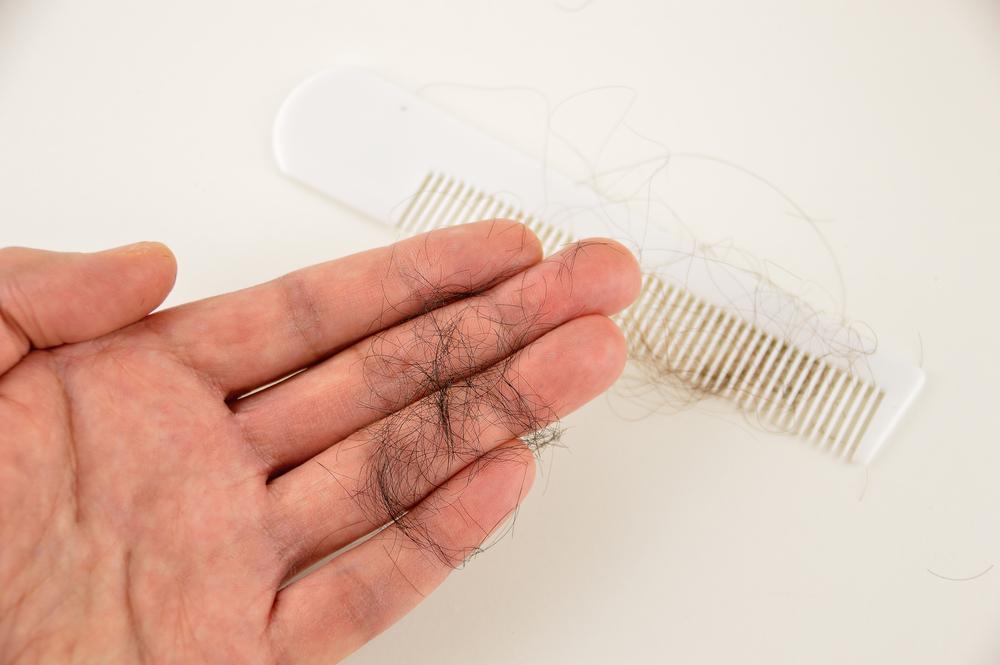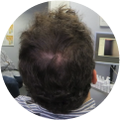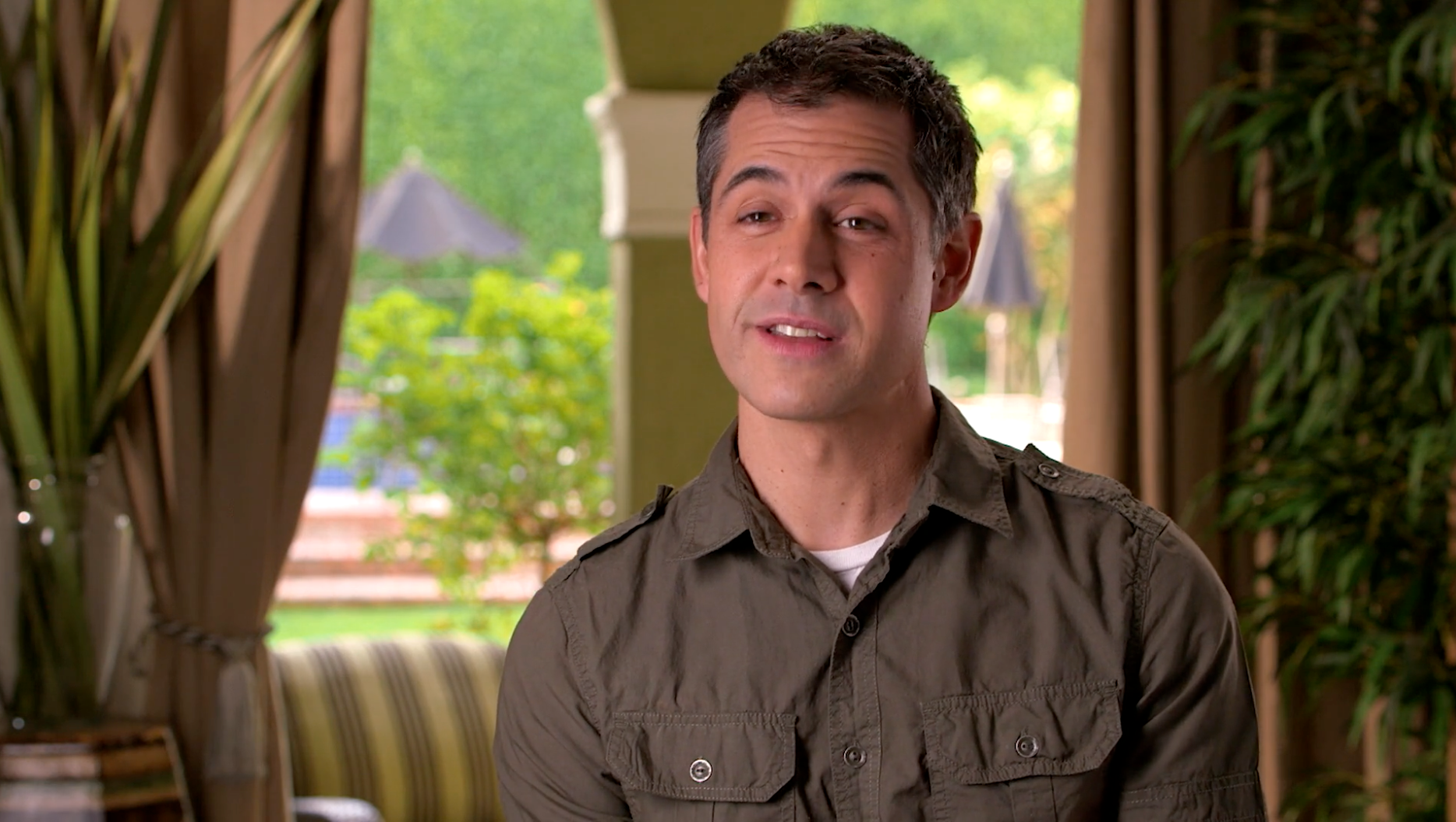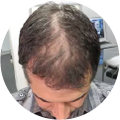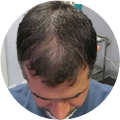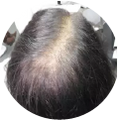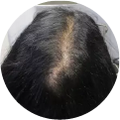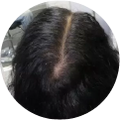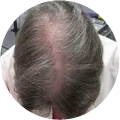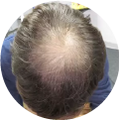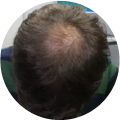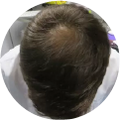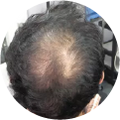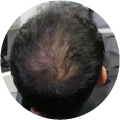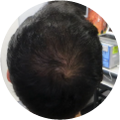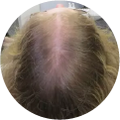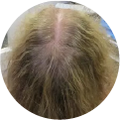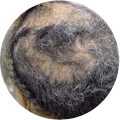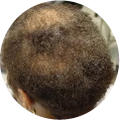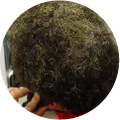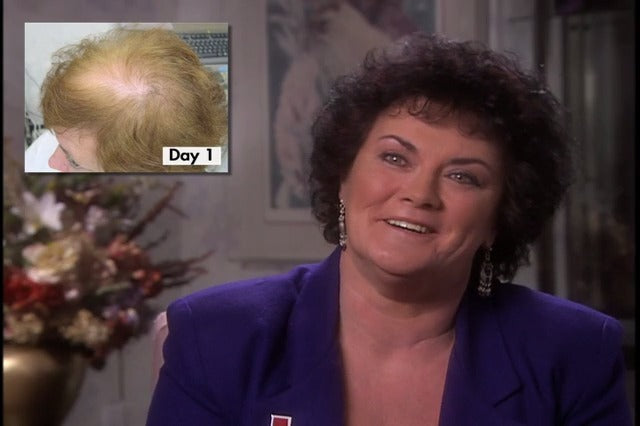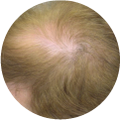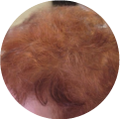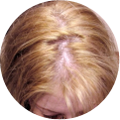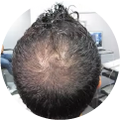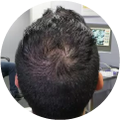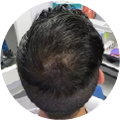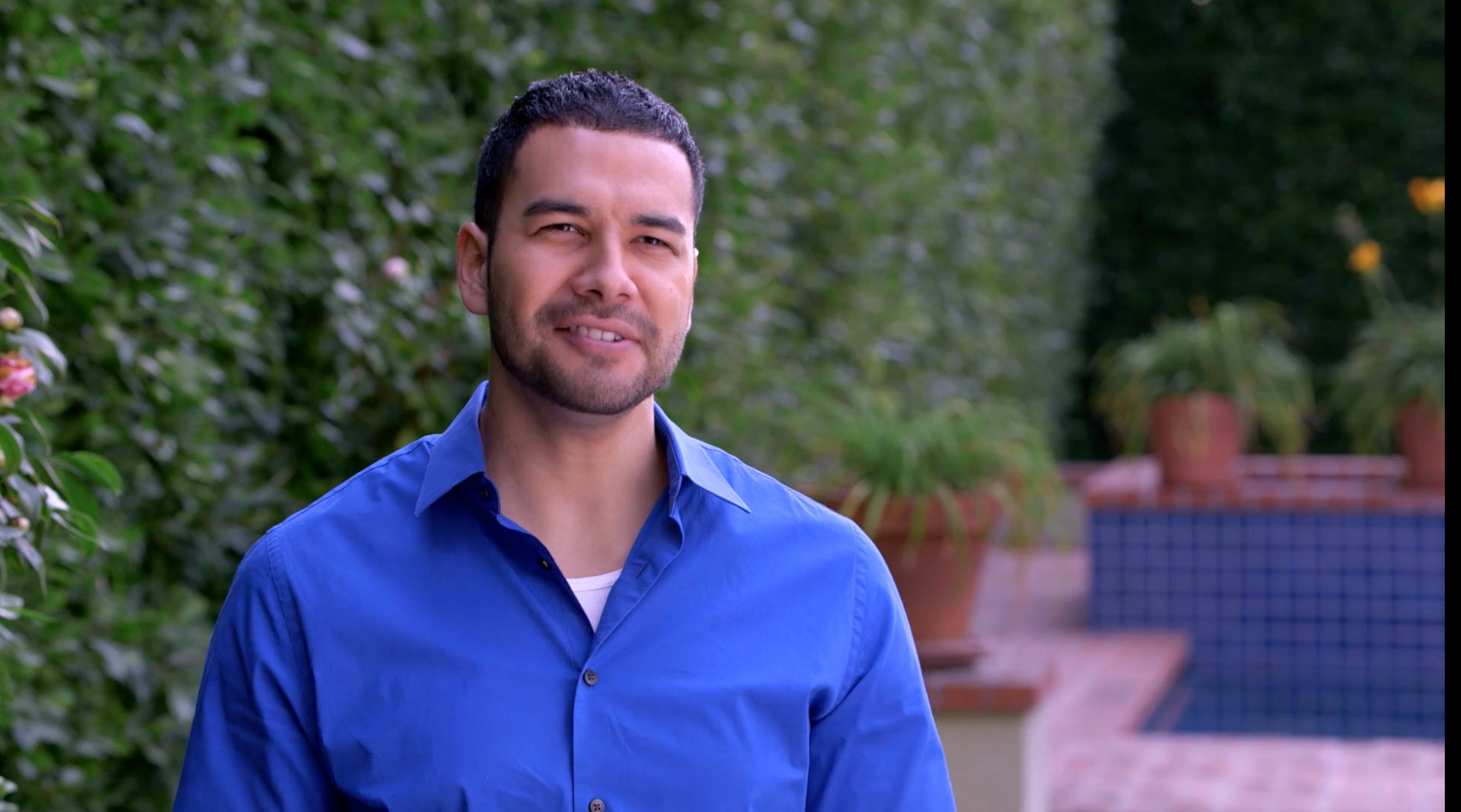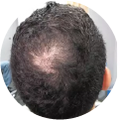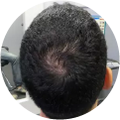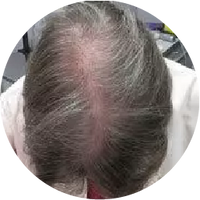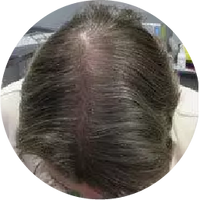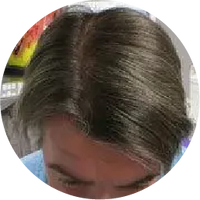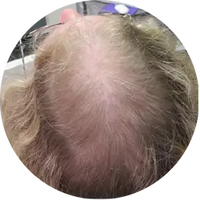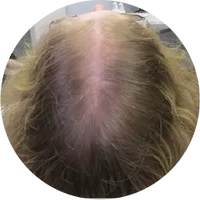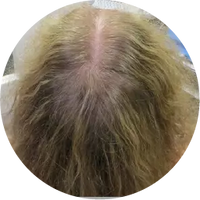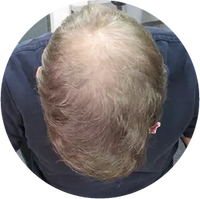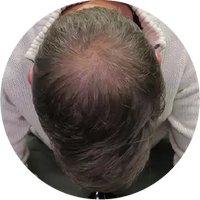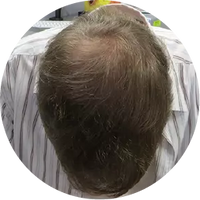
Hair loss at any age can be disconcerting, embarrassing, and altogether confusing. Hair loss can sometimes occur seemingly without reason, making it much more difficult to treat and reverse. If experiencing hair loss or hair thinning, you may ask yourself what causes hair to thin in women? What makes a woman lose her hair is largely dependent on hereditary conditions, genetic composition, and a variety of external variables that may be contributing to the hair loss. To successfully treat hair loss or hair thinning, it is first necessary to determine the underlying cause of the hair loss. Below is a guide to common causes of hair loss in women, as well as some tips for proactive measures you can take early on to help treat and reverse hair loss sooner.
Ladies Hair Loss Causes

What causes hair loss in young women varies based on the individual, but there have been several underlying conditions and external factors that have been linked to hair loss and hair thinning in women. Below are a handful of causes that have been shown to cause hair thinning in women.
-
Family History (Heredity):
The most common cause of hair loss in women is known as female-pattern baldness, which is hereditary. Female-pattern baldness occurs in predictable patterns, most often in the form of a receding hairline, bald spots, or thinning hair. Female-pattern baldness occurs gradually over the course of time. Heredity is the largest determining factor in what age at which you will begin to lose hair, the extent of the hair loss, and the rapidity of the hair loss.
-
Hormonal Changes:
Hormonal changes and imbalances have also been shown to cause hair loss in women. One of the most common events to cause a hormonal balance in a woman is pregnancy, and subsequently childbirth, which can sometimes result in hair thinning. Women also typically experience hormonal changes during the onset of menopause as well. The regulation of hormone distribution is determined by the thyroid gland, so thyroid dysfunction may also be a culprit causing hormonal changes.
-
Alopecia Areata:
Alopecia areata is a non-scarring type of hair loss that occurs when the body’s immune system attacks the hair follicles mistakenly. Alopecia areata can occur suddenly and is most often recognized by the circular bald patches it causes.
-
A Stressful/Trigger Event:
Stress is capable of wreaking havoc on the body and disrupting normal body processes in surprising and peculiar ways. One manifestation of stress can be hair loss or hair thinning. Many people notice hair loss or hair thinning several months after experiencing a trigger event, which is a physical or emotional shock. Trigger events can range from undergoing a major surgery to experiencing the death of a family member to sudden weight loss. When analyzing what causes hair loss in women under 30, this is one of the most common and treatable forms of hair loss.
-
Hairstyles or Hair Treatments:
While the clear majority of hairstyles and hair treatments will not result in hair loss or hair thinning, there is a handful that has been shown to cause hair thinning. Excessively tight hairstyles, such as cornrows or a tight ponytail, when worn on a regular basis over a long duration of time, can cause traction alopecia. In addition to these hairstyles, hot oil hair treatments and permanents have also been shown to have potentially negative effects on hair growth. These treatments cause the hair follicles to become inflamed, which can lead to hair loss.
Proactive Tips to Identify, Diagnose, and Treat Hair Loss

-
Identifying Hair Loss Early On:
Early identification is one of the most important steps to diagnosing and treating hair loss as quickly as possible. Hair thinning or hair loss in not something to avoid, but rather if you notice a change in your hair, it is important to seek medical attention as soon as possible.
-
Get the Help You Need:
Once you have identified that hair loss is occurring, it is then necessary to seek out a medical professional to help you determine the underlying cause of the hair loss and potential treatment options.
-
Find the Treatment that Works for You:
The right treatment for hair loss will depend on the type and severity of the loss as well as the genetic composition of the individual. When determining how to treat hair loss, make sure you find the right solution for your individual solution and analyze all prospective options before choosing a treatment plan.












